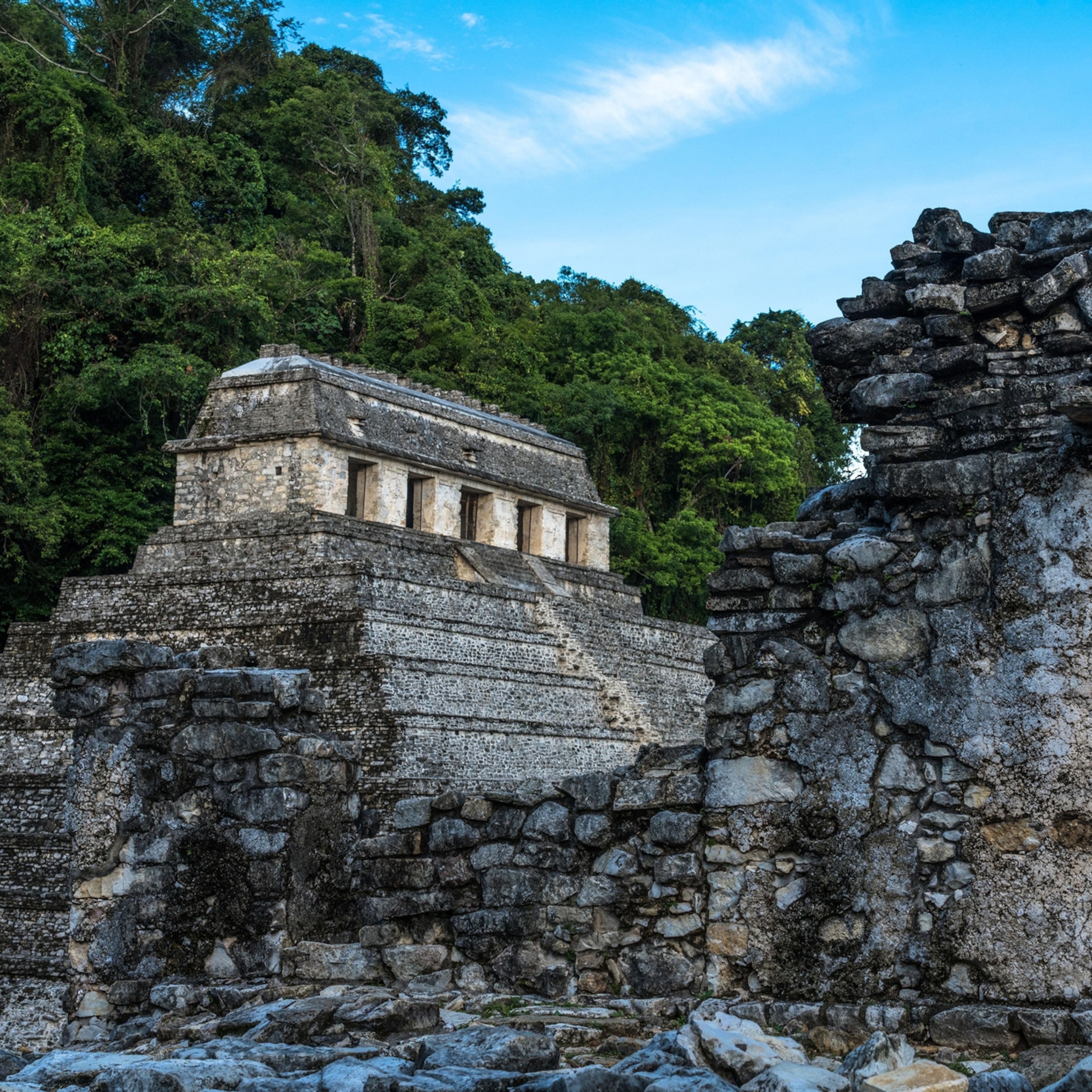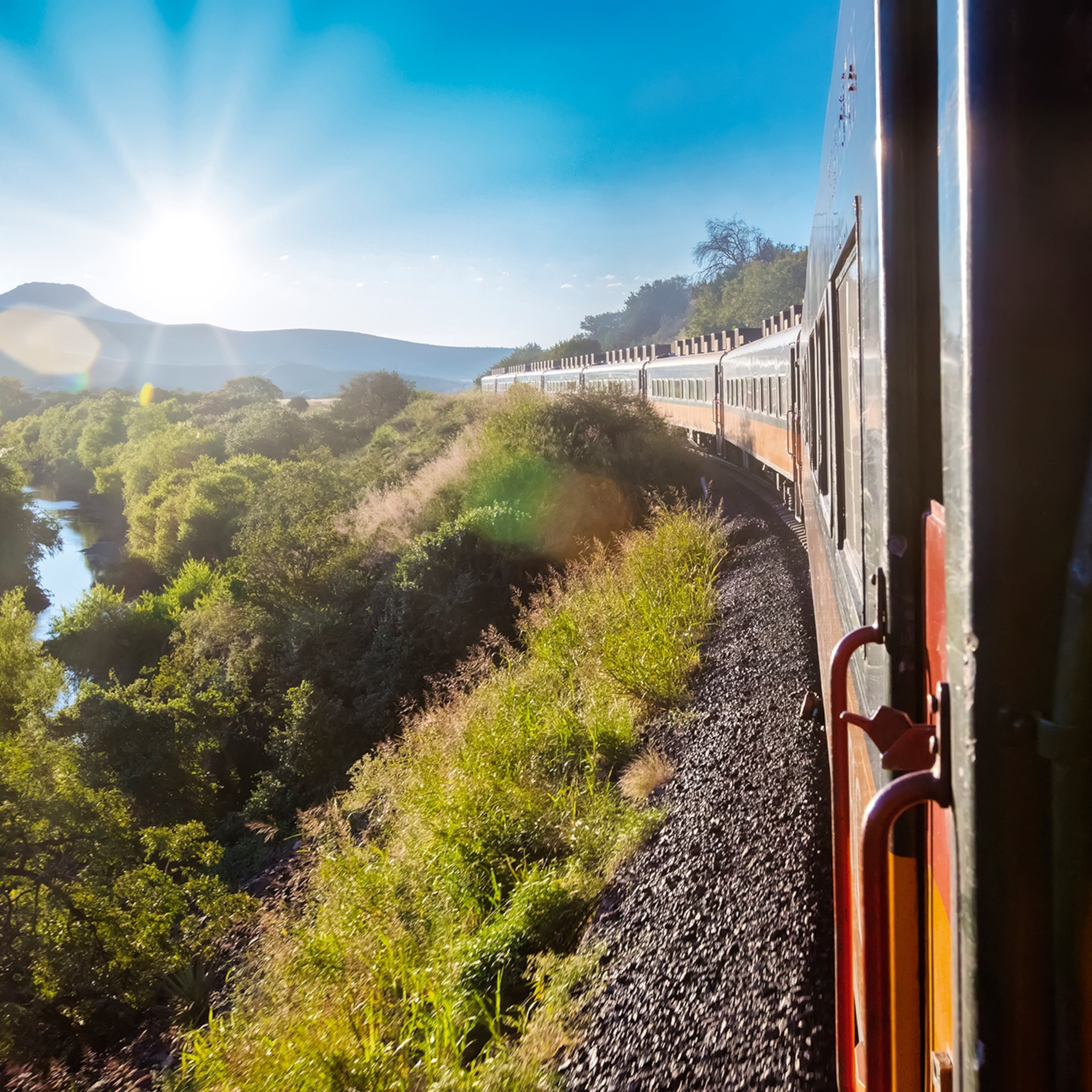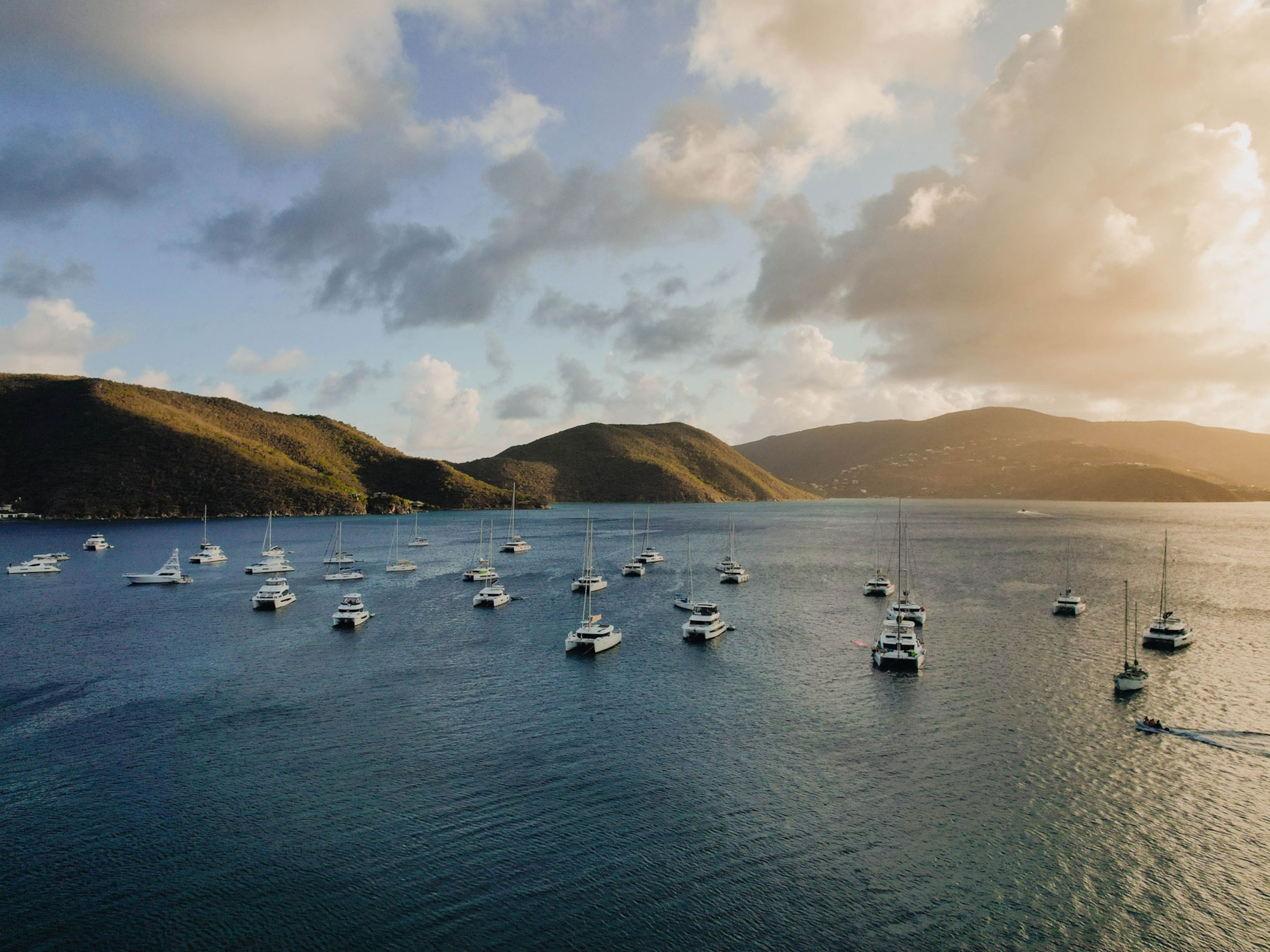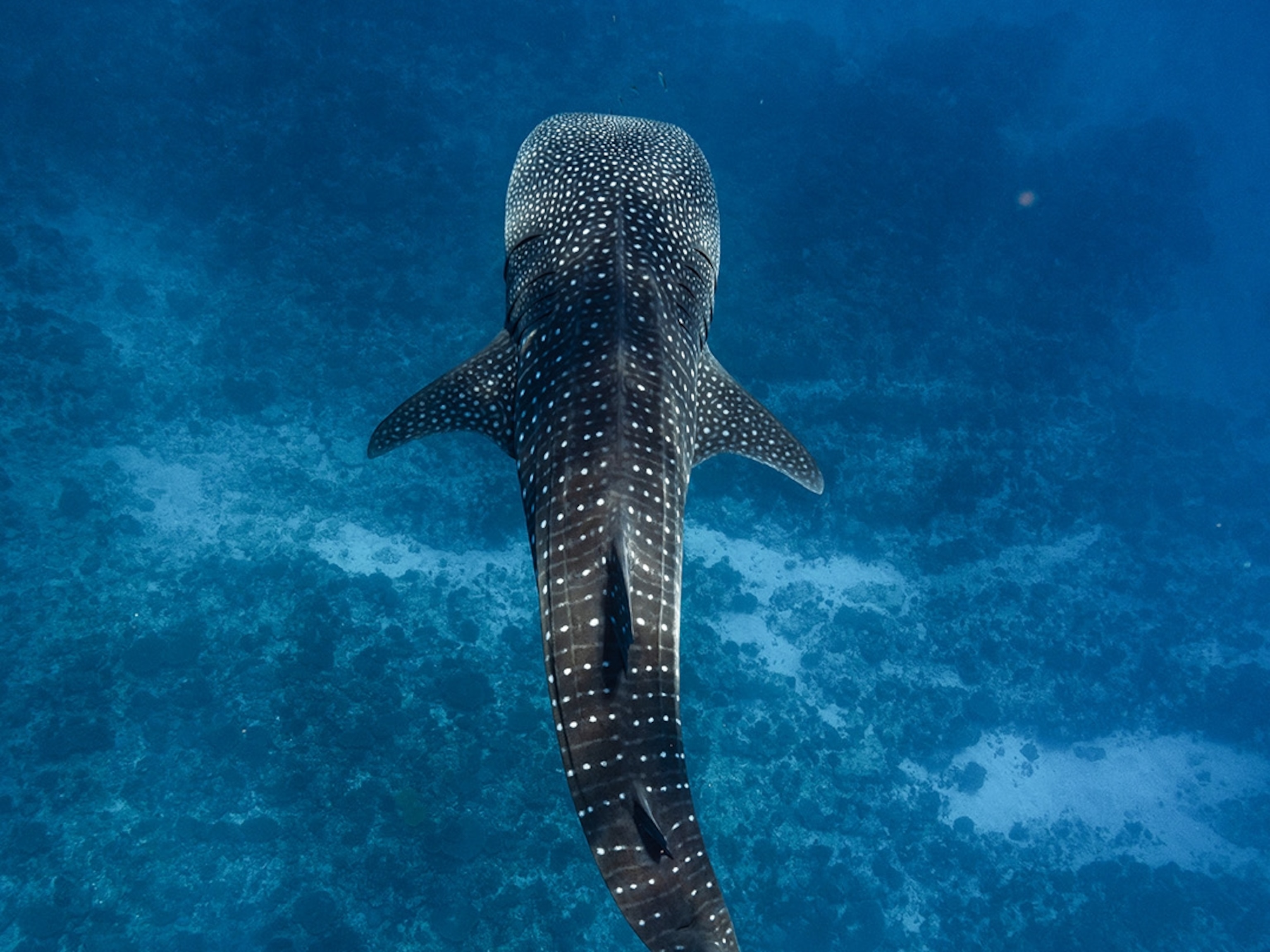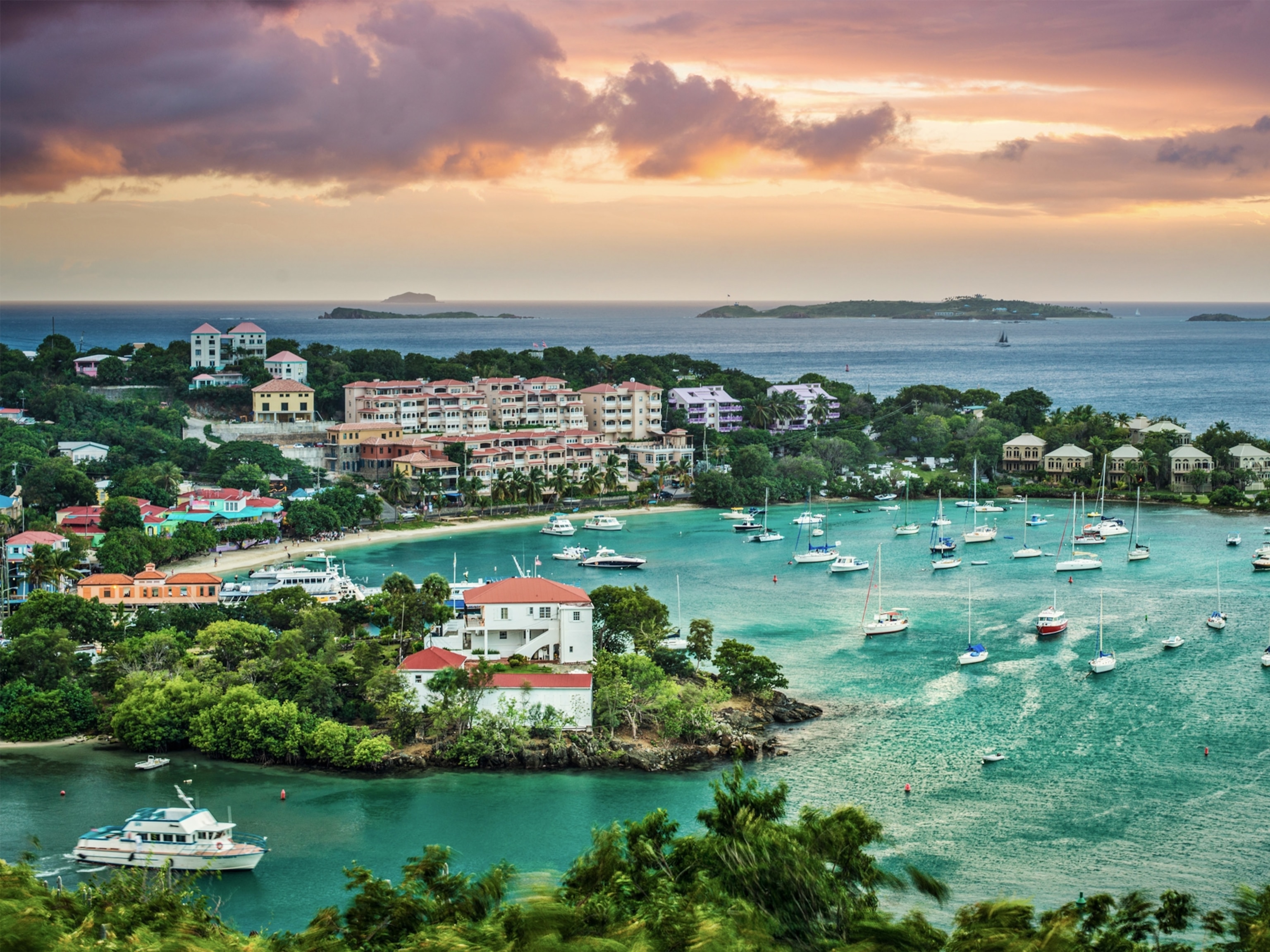
Dive Into Mexico's Pristine Sea of Cortez
Discover the beauty and wonder of La Paz, a relatively untouched beach town and just one of Mexico's many hot spots for biodiversity.
Girl sea lions have moustaches. They splay proudly, as the boys’ do, like spiky halos jutting from their rubbery muzzles. I know this because I’m snorkeling and one is two feet from me.
She’s a little flirty. I’ve just swum away from my five snorkelmates in Mexico’s Sea of Cortez and she appears with a sudden swoosh below me. She reappears to my left, rising with cheeky panache upside down, and flips back to my right. Then she does something unexpected. She stops and looks at me. I look back. As we stare into each other’s eyes, I hear her fellow sea lions barking from the guano-splattered rock island above. When I break away, she briefly joins me.
When did you last bond with a wild animal?
The Sea of Cortez
The Sea of Cortez (also known as the Gulf of California) is my new favorite sea. It’s young, having formed some five million years ago by tectonic plate action. Now it’s rich with marine life (there are about 900 fish species) and its sheltered, narrow outline means mostly calm waters, making it great for diving.
The sea is wedged between the Mexico mainland and the Baja California peninsula, which stretches out like a resting arm. (“It’s a very gracious shape,” one local tells me. “Some countries are just balls.”)
One notable Sea of Cortez fan was Ray Cannon, who retired young from working on Buster Keaton films to fish. “New words are needed to describe this strangest of all great bodies of water,” he says in The Sea of Cortez, published in 1966. “It’s truly a painted ocean.”
John Steinbeck’s The Log from the Sea of Cortez—sort of a funny, less heralded Travels with Charley by boat—recounts six weeks spent collecting marine animals here in the wake of World War II. Smitten, he writes that “a dream hangs over the whole region.”
My Cortez dream begins on a tarp-topped panga fishing boat with four other visitors from the U.S. Many three-hour snorkel trips from La Paz, the main gateway to the Cortez, stick with gentle whale sharks just offshore, but I picked the full-day trip to 31-square-mile Isla Espíritu Santo, a one-time pearl-farming center that’s now part of the UNESCO-protected Islas de Golfo de California Biosphere Reserve.
On the approach, Espíritu Santo’s brown “half-drowned mountains” (as Cannon described the scenery) rise from the blue-green sea toward a cobalt sky. Closer, the island comes to life—and diversifies. We pass hidden coves, broad bays, and steep 100-foot bluffs striped with red volcanic rock, black basalt, and tan sandstone. Closer, the hills look pinky-peach. The batlike outline of frigate birds soar above while pelicans dive-bomb the water for fish. At one point, a couple of manta rays rocket straight out of the sea in a playful air dive. Some say this is to clear off parasites; other say it’s just for fun.
La Paz
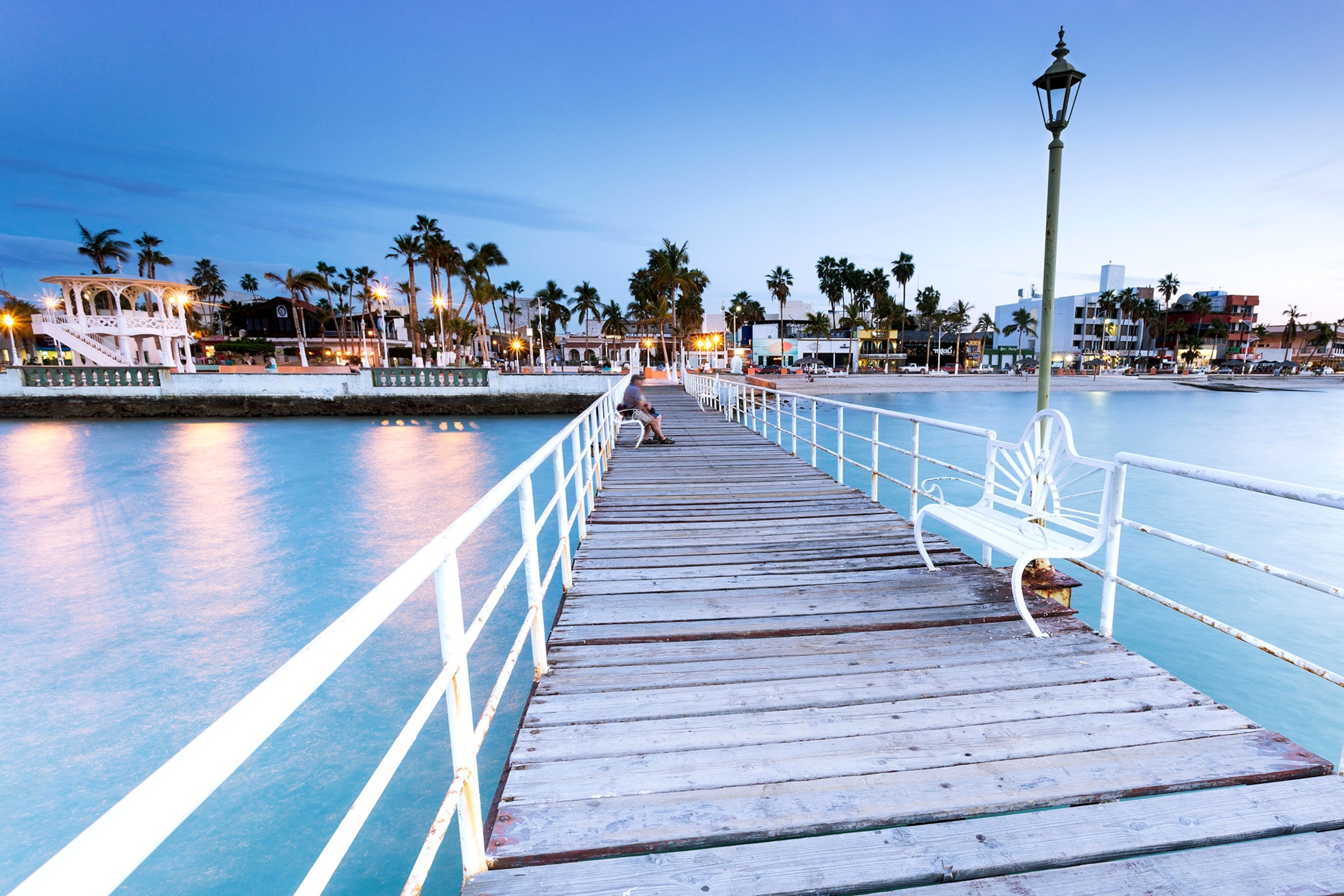
The access to all this is La Paz, which—as locals claim—is the heart of the 775-mile peninsula. It’s certainly not to be confused with the border town of Tijuana or the beach-share scene of Cabo, two hours south.
The next morning, I walk La Paz’s palm-shaded malecón, dotted with sculptures and full of strolling families and a surprising number of rollerbladers.
On the hilly backstreets, La Paz’s 19th-century past isn’t always evident. I pass hacienda-style modern homes fronted by a cactus or two, then stumble onto an organic market near the main cathedral. A mescal vendor stops me for a taste. A block away, a lone mariachi plays for an open-front taquería. It’s busy. I get in line for a couple of fish tacos, then realize I must prepay in another line first. The gray-haired local behind me volunteers to save my place.
La Paz grows on you fast. It’s easy to see why people who come sometimes don’t leave.
I board a bus for a 45-minute ride along the coast. We follow a hilly coastline; most passengers stare out to the sea. We pass a golf resort, a waterslide park, the ferry terminal, and a marina where I hear someone say, “There’s Spielberg’s boat!” Beyond are empty bays, beaches, and valleys of cacti.
Playa Balandra

I get off at Playa Balandra, a broad bay of shallow blue-green water you can wade across. It’s ringed by mountains to climb. And there are only a few dozen fellow beachgoers and some palapa huts to rent.
I wade to the right, past a rocky outcrop, to a spot where a quarter-mile of dune-backed beach stretches before me. I see six other people. At the other end is el Hongo, the “mushroom rock,” formed by erosion. A couple poses with it for a selfie. I do too. Afterward, I climb the mountain above, finding no one but a pelican. I follow its gaze out to the blue-green water, then try to sketch the scene in my notebook.
Balandra, it seems to me, is perfect. Yet a decade ago all this was under threat of a full-on development of condos, resorts, and marinas. (Balandra means “sloop” after all.)
- National Geographic Expeditions
But then something strange happened. The people of La Paz said no, in a grassroots protest. “We marched. We made signs and ‘I love Balandra’ stickers. Got on TV and radio,” Benjamin Mariscal, my snorkel guide, told me.
It worked, and Playa Balandra is now a national protected area. “If 200,000 people work together, you can do it.”
How to Do This Trip
Stay: There are no huge hotels in town. I stayed at the Swiss-run El Ángel Azul, a great inn in a historic building that once served as the town courthouse and jail. Rooms face a flower- and cacti-filled courtyard with parakeets, and there’s a great English-language bookstore next door.
Eat: For food, the best restaurants tend to be a few blocks from the sea. Try spots off Constitución, like Las Tres Virgenes on Calle Francisco I. Madero or Nim on Revolución de 1910. For breakfast or excellent coffee, Doce Cuarenta on Calle Francisco I. Madero is a cozy spot with fresh baked goods. The arrachera (skirt steak) tacos at Rancho Viejo on Paseo Álvaro Obregón were my favorite meal by the water.
Do: I did a full-day snorkel/kayak trip to Isla Espíritu Santo with Mar y Aventuras, which cost U.S. $115 and included lunch and equipment (wet suit, too). They also offer overnight stays at a lovely beach eco-camp on the island. RED Travel is an excellent operator offering whale shark trips and city tours.
Plan: Buses to and from Playa Balandra run on schedule about five times a day. They depart from the waterfront station at Calle Cinco de Mayo and Paseo Álvaro Obregón and costs about U.S. $2.50 (50 pesos) each way.
